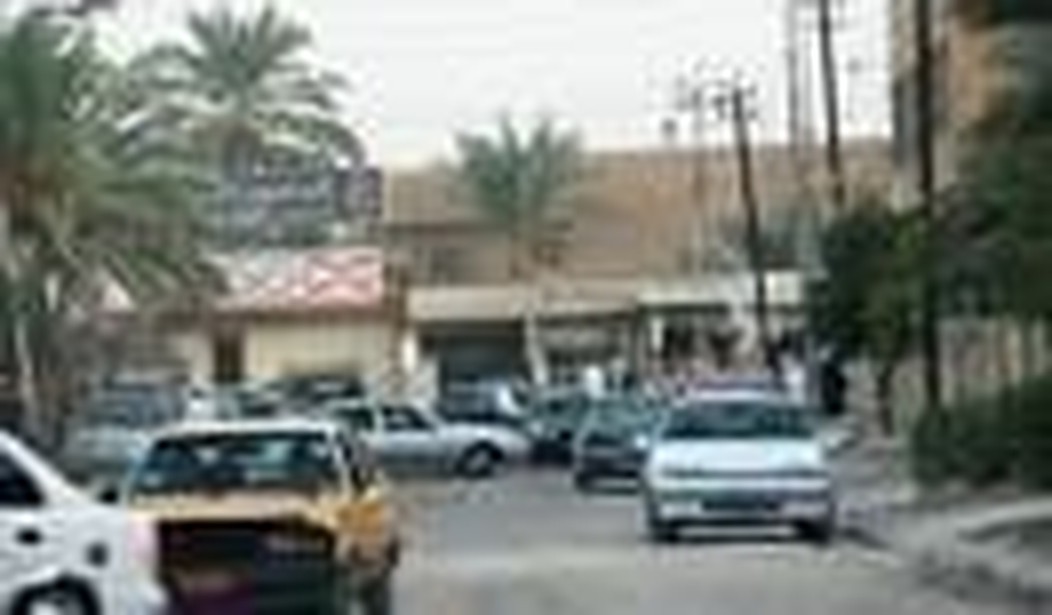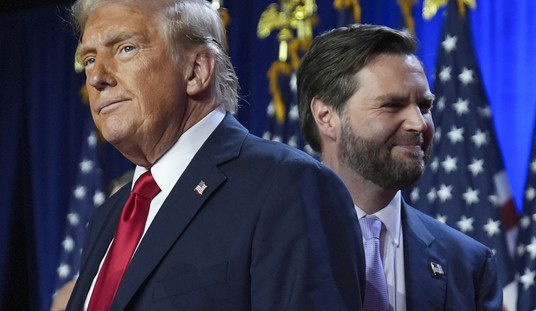On November 10, The Guardian reporter Ghaith Abdul-Ahad published an article excoriating Abu Abed, a major in Saddam Hussein’s Army- turned-insurgent-turned-anti-al-Qaeda militia leader in Baghdad’s bloodied Ameriyah neighborhood. After spending four days as Abed’s guest, Abdul-Ahad wrote of him as a vengeful “mafia don.”
Abdul-Ahad used the word “neurotic” as a subhead in his article about Abu Abed, and wrote in rich detail about an enraged Abed who confronted a man who muttered ill of him, screamed at the security detail of Iraq’s Vice President for blocking his path on the road, stormed the compound of one of his subcommanders he thought was disloyal, and tried to put a shotgun in a terrified child’s mouth before being dragged away by his men. Those that read Abdul-Ahad’s account can hardly feel anything other than revulsion for the erratic character he describes, a man little more than Colonel Kurtz of Apocalypse Now removed from Cambodian jungle to Iraqi concrete and sand.
Twelve days later, Liz Sly, the Chicago Tribune Middle East correspondent and Baghdad bureau chief, published a story after spending time with her interpreter in Ameriyah, talking to local citizens. She too interviewed Abu Abed, a man she came to describe in near heroic terms.
In contrast to Abdul-Ahad’s Tony Montana of Arabia, Sly described Abed as a methodical former insurgent commander that secretly began plotting the downfall of al-Qaeda in Ameriyah with American forces months ago, compiling intelligence on al-Qaeda for an eventual revolt. One day in May, he hailed the car of al-Qaeda’s commander and stated, “We want you to stop destroying our neighborhood.” When the al-Qaeda commander tried to shoot Abed and his pistol jammed, Abed drew his own weapon and fired one shot, killing him. As the uprising developed, enraged al-Qaeda fighters surrounded Abed and less than a dozen of his supporters in a local mosque. Abed’s militiamen escaped being overrun in a last stand only by the intervention of American forces-U.S. cavalry came to their rescue at the last moment.
How could two journalists visiting the same area at almost the same time write such radically different articles about the same man?
Could biases have come into play?
While there is no way to be certain, Ghaith Abdul-Ahad is a Baghdadi from the Monsour District, an area of Baghdad that felt the wrath of the Islamic Army insurgent group to which Abed was once a leader before he switched sides to fight against al-Qaeda. It is also known that Abdul-Ahad himself was injured in a U.S. helicopter strike that killed 13 Iraqis dancing around the burning hulk of a Bradley fighting vehicle in 2004. A fellow journalist, Mazen al-Tumeizi, was killed in the air strikes. We also know that Abdul-Ahad was briefed on the security situation within Ameriyah by senior American officers while he was there. Although he received information on the checks and balances built into the area’s security plans that would keep the seemingly random attacks he portrayed from going unpunished, Abdul-Ahad declined to use any of that information in his report.
In contrast, if Liz Sly has any biases that influenced her article about Abu Abed, they were far less apparent.
Of course, news consumers don’t often have the option of investigating the reporting staff of the newspapers they read, and as a result, are required to put their faith in a news organization’s ethical standards and editorial practices. When gaps and structural flaws in these mechanisms fail, news consumers are left to read inaccurate and biased news stories that are more advocacy than journalism. Such appears to be the case here.
For his part, Abu Abed was read the Guardian article by an American soldier, and while initially amused by the comparison to a mafia don, he was understandably upset when he understood the full impact of how he was portrayed by Ghaith Abdul-Ahad.
One thing Abu Abed understands as a former insurgent commander -perhaps as much or more that his western counterparts- is the importance of how events in Iraq are portrayed in the media. Because of this, and because of his high profile role as the commander of the militia, he also knows the importance of maintaining a strong public image, and the necessity of working within the law.
Now targeted by both Shia militias and al-Qaeda, according to U.S. military forces, Abed is seeking to assure the Iraqi government that he is not a warlord, and is attempting to get his militiamen hired as official Iraqi policemen within the Iraqi government.
The Guardian account, for all its florid prose, left out many key details about that Abu Abed. Abdul-Ahad was told that one of Abu Abed’s first requests to his new American and Iraqi Army allies was for the ability to grant amnesty to individuals they picked up. His reasoning was that many of the al-Qaeda fighters were simply the young kids of the community and that the community was trying to save the youth.
This was one of many details from his briefing by the U.S military working with Abed in Ameriyah that did not make it into Abdul-Ahad’s article.
Perhaps it did not fit the Heart of Darkness narrative he seemed far too intent on writing.
Bob Owens covers American politics, media bias, and foreign military affairs from Raleigh, North Carolina in his personal blog, Confederate Yankee.









Join the conversation as a VIP Member